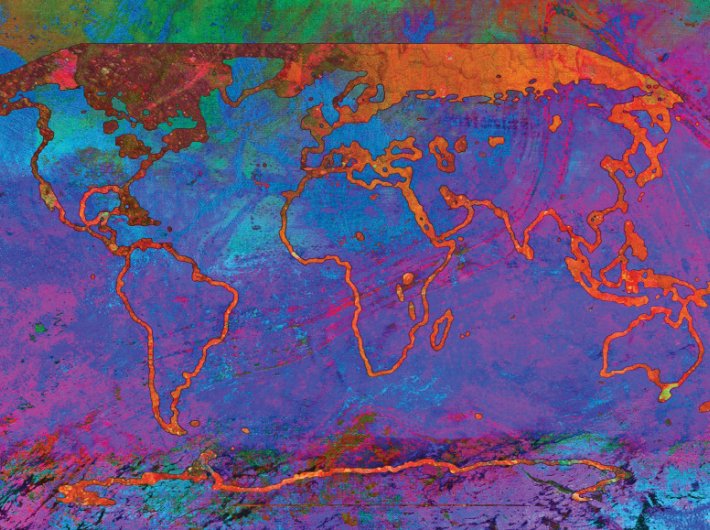While many countries have been chasing to reach the carbon neutral status, only a few seem to be living up to their pledges as of now. The famous ’Paris Agreement’ of 2015 was glorified and celebrated that finally 196 countries have united with an intent to mitigate and reduce the greenhouse gas emissions. Developed countries, home to 18% of the global population, are responsible for over 60% of these emissions, with China and USA leading in pumping these emissions into the climate. However, the efforts made by them seem far from reaching their pledged targets.
Bhutan, a country which has been the dark horse of the net zero race, is not only the first to achieve the carbon neutral status but is actually carbon–negative (yes, it produces more oxygen than it consumes). But this did not happen overnight. The leadership, common people’s commitment and clear targets have enabled them to achieve this mighty status after working hard for it over the years. Decoding the achievement, the major factor is respecting and protecting their forest cover. As per its constitution, 60 percent of the country shall be environmentally protected (have forest cover at all times) and the country has made every effort to maintain it (banned logging exports in 1999).
It generates about 2.2 million tonnes of CO2 each year, yet its forests absorb three times this amount, which eventually creates a carbon sink. Additionally, free hydroelectric power generated by Bhutan’s many rivers is used instead of less environmentally friendly fossil fuels and to further complement its Green status – they provide free electricity to the rural farmers. Here, conservation for the environment has become a duty for every citizen and they have been judiciously following it too, setting a world record of planting more than 49,000 trees in one hour is just a small example. Though some may say that Bhutan was able to achieve it because of its limited population and favourable geography, many countries with similar population profile, such as Maldives and Luxemburg, haven’t been able to manage it yet. Bhutan is surely a guide book for nations in this race to achieve carbon neutrality status, if not a replicable model.
Speaking of India, it has been progressing fairly with respect to its pledge, i.e., to reach carbon neutrality by 2070 and reducing emissions to 50% by 2030. A United Nations report released last year stated that India’s per capita emissions are actually 60% lower than the global average. The emissions in the country grew 1.4% in 2019, much lower than its average of 3.3% per year over the last decade.
Credit may be given to the government promoting and encouraging reliance on renewable energy. Initiatives like National Solar Mission to promote ecologically sustainable growth while addressing India’s energy security challenge has enabled India to increase its solar capacity from 2.5GW to a whopping 46GW in last 7.5 years. Achieving a record low solar tariff of INR 1.99/unit is also commendable. The National Wind-Solar Hybrid Policy 2018 is another measure to provide a framework for promotion of large grid connected wind-solar photovoltaic (PV) hybrid systems for optimal and efficient utilisation of wind and solar resources, transmission infrastructure and land. Bharat Stage (BS) VI norms, an emission control standard to keep a check on air pollution, and many more such initiatives have helped India in cutting its CO2 emissions by 164 million kg.
But is this enough to meet the target by 2070? If not, then what more needs to be done and how? A small village panchayat of Jammu that was recently in news perhaps may throw some light.
Palli village in Jammu’s Samba district has done what seemed impossible for many. It became India’s first carbon-neutral panchayat, with the inauguration of a 500 KW solar power plant. Palli village is fully powered by solar energy and with all its records digitised and saturation of benefits of all the central schemes. PM Narendra Modi lauded the village’s efforts and iterated that it is also an example of ‘Sab ka prayas’ (everyone’s efforts). “Every household in Palli offered ‘rotis’ to the workers who completed the solar power plant,” he added. Being termed a success model or a case study by many, it will definitely encourage more panchayats to follow its footsteps which will ultimately have a ripple effect on towns, cities and soon the nation.
This small achievement surely has made us learn that every effort taken towards saving our planet counts – small or big, individual or united. If Palli and Bhutan can do it, so can India and so can the world. While we can rely on our governments to introduce more stringent measures, policies and guidelines, the least we can do at the individual level is to adapt a sensitive behaviour towards climate change. It is happening and at a much faster pace than we thought – severe heat waves, floods, droughts and worsening air pollution are just the beginning. So let us take a pledge as individuals to save our planet in whatever manner we can – be it planting a tree; switching to public transport (bonus if electric); adopting cleaner cooking methods like solar cookers or switching to energy efficient appliances. It is rightly said, “Big things often have small beginnings.” It is time to become that small beginning to change the ‘Carbon Neutral’ status from a distant dream into a reality.
Shukla is a climate change enthusiast who supports and encourages the mass adoption of cleaner energy technologies through market transformation. She is engaged with Energy Efficiency Services Limited, a joint venture under the Ministry of Power.
